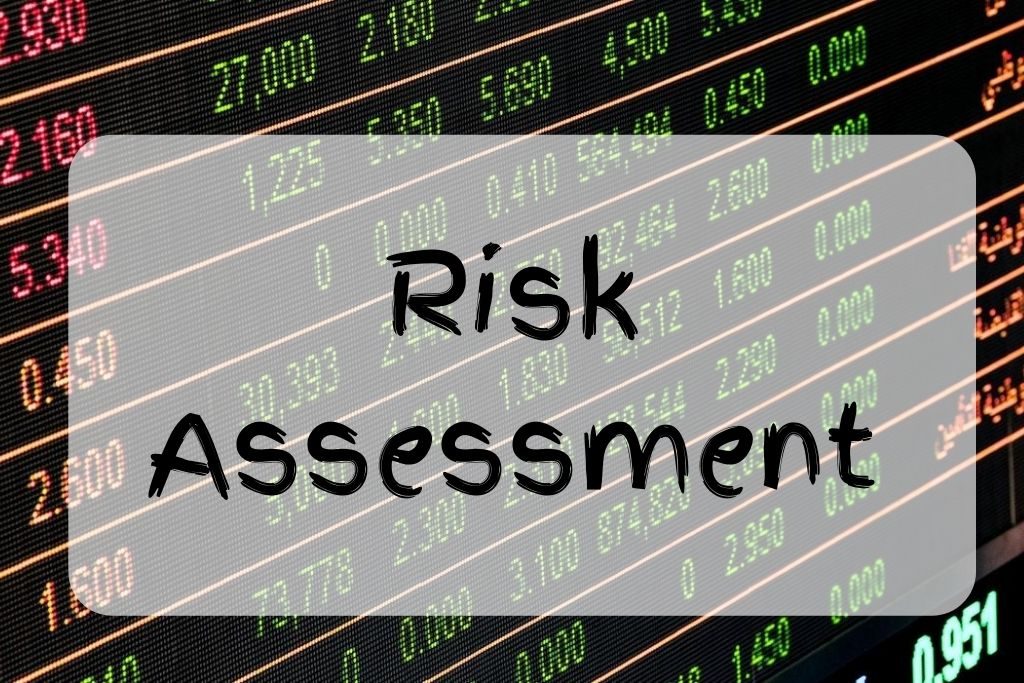What Is Risk Assessment?

Definition of Risk Assessment
- Risk assessment is an evaluation method used to understand an investor’s risk rating, which helps them come up with a suitable investment strategy to achieve their financial goals.
Want to learn more financial ratios?
Get the eBook explaining some of the most useful ratios for free now.
What Impacts Risk Assessment?
- Financial risk assessment evaluates where a client stands in regards to taking risks. This can be understood through three approaches, including the client’s attitude towards risk, the tolerance for risk, and the capacity for risk.
- The client’s attitude towards risk describes the client’s particular feelings and understanding of risks and how it may affect them financially.
- The client’s tolerance for risk measures how much change or instability a client can bear to undertake for a particular investment, considering past performance and future expectations.
- The client’s capacity for risk is the amount of risk a client must endure to achieve the company’s financial obligations.
Why is Risk Assessment Important?
- With a risk assessment, clients can create an overall risk profile and invest their capital in inappropriate assets with risks that they can handle.
- By being aware of their attitude, tolerance, and capacity for risks, clients are provided with a direction for future financial developments and decisions.
- With a thorough assessment, advisors layout documented evidence which may help with future uncertainties.
- Potential risks may also be protected without disrupting a client’s growth potential.
- Clients and their advisors form more trustworthy relationships through this process.
Risk Assessment in Practice
- Overall, the process of risk assessment is to assess a company’s vulnerabilities to ensure that these risks are hedged for the company’s future.
- When deciding to invest in a portfolio, it is vital to understand the kinds of fluctuations that may occur in the stocks that seem reasonable to invest in today.
- Diversifying these risks will help in controlling uncertainties that may affect the overall investment portfolio in the future.
Learn some of the most useful financial ratios!
Don’t miss this free eBook.
